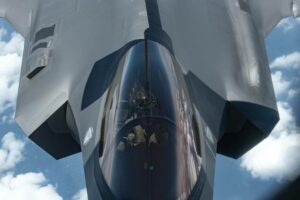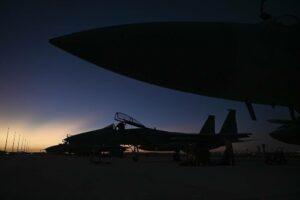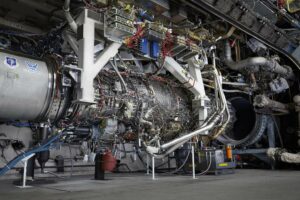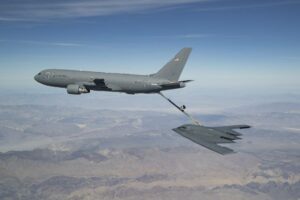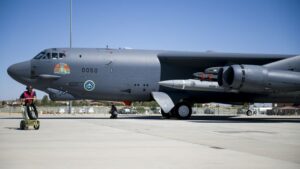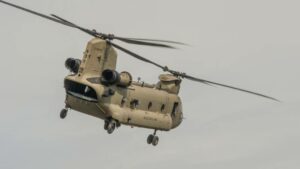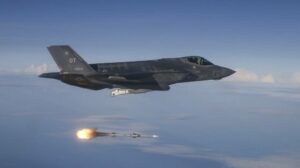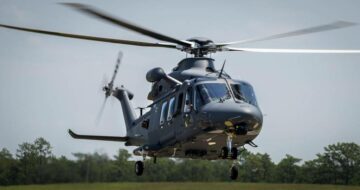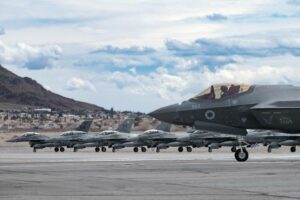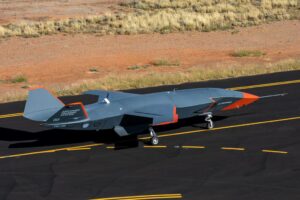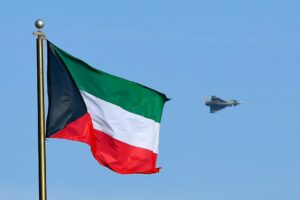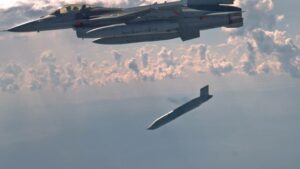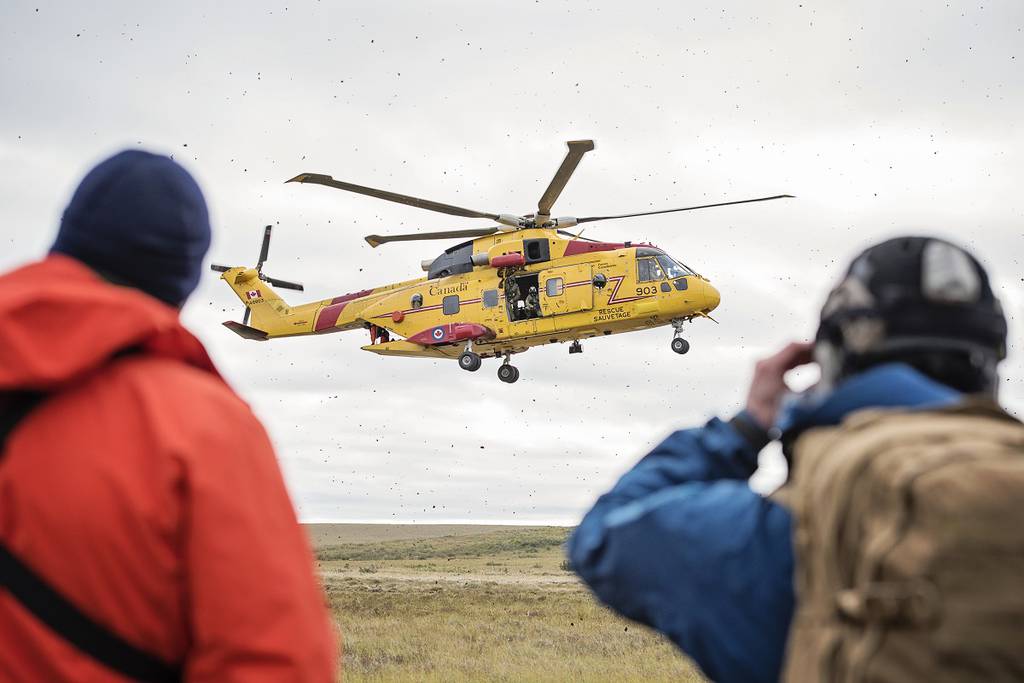
VICTORIA, British Columbia — The Canadian military will rely on parts from the former U.S. presidential helicopter fleet as well as additional airframes from contractor Leonardo as it rebuilds its search-and-rescue helicopter capability.
Canada is moving forward with a modernization program for its CH-149 Cormorant helicopters to allow them to keep flying until at least 2042.
The Royal Canadian Air Force is slated to receive the first modernized Cormorant helicopters in 2026, Department of National Defence spokesman Dan Le Bouthillier said.
The Canadian government announced Dec. 22 two contracts for what it is calling the Cormorant Mid-Life Upgrade, or CMLU. Leonardo U.K. of Yeovil, United Kingdom won a $1.16 billion Canadian (US $870 million) contract to provide the modernized helicopters, while CAE of Montreal was awarded a $78 million Canadian contract for simulation systems for the aircraft.
The project will see the CH-149 Cormorant fleet upgraded to the most advanced version of the helicopter, the AW101 612, Le Bouthillier said. That is the same model Norway has recently procured to conduct its rotary wing search-and-rescue missions.
Canada will grow its fleet from 13 to 16 helicopters. It will acquire two basic airframes from Leonardo while the RCAF will provide a third. New parts, as well as parts from Canada’s inventory of VH-71 and CH-149 components, will be used to complete the helicopters. Those parts include transmissions, landing gears and other systems.
“The CMLU upgrades include maximum use of existing components and parts from current CH-149 inventory, which includes VH-71 parts,” Le Bouthillier said.
In 2011, Canada paid $164 million Canadian to the U.S. government for nine VH-71 Presidential helicopters, which provided several hundred thousand spare parts.
The VH-71 and the CH-149 are similar variants of the AgustaWestland EH-101 helicopter. Thanks largely to requirements creep, the cost to develop and buy the presidential helicopters soared from $6.1 billion in 2005 to $11.2 billion three years later. A few months after taking office in January 2009, President Barack Obama pulled the plug on the effort, and the production run ended at nine.
Canada’s Cormorant Mid-Life Upgrade will involve modernizing navigation, communication, flight management, flight recorder, and safety systems. The program also includes improved sensor capability and in-cabin wireless communications.
As part of the Cormorant modernization program, CAE will provide the RCAF with a flight simulator to be situated in Canada. Previously, Cormorant crews have had to travel to the United Kingdom to train on simulators there.
David Pugliese is the Canada correspondent for Defense News.
- SEO Powered Content & PR Distribution. Get Amplified Today.
- Platoblockchain. Web3 Metaverse Intelligence. Knowledge Amplified. Access Here.
- Source: https://www.defensenews.com/air/2023/01/26/canada-moves-to-rebuild-search-and-rescue-helicopter-fleet/
- 1
- 2011
- 70
- a
- acquire
- Additional
- advanced
- After
- AIR
- Air Force
- aircraft
- and
- announced
- awarded
- Barack Obama
- basic
- Billion
- British
- British Columbia
- buy
- calling
- Canada
- Canadian
- Columbia
- Communication
- Communications
- complete
- components
- Conduct
- contract
- Contractor
- contracts
- Cost
- Current
- defence
- Defense
- Department
- develop
- effort
- existing
- few
- First
- FLEET
- flight
- flying
- Force
- Former
- Forward
- from
- Government
- Grow
- helicopter
- helicopters
- HTTPS
- images
- improved
- in
- include
- includes
- inventory
- involve
- IT
- January
- Keep
- Kingdom
- landing
- largely
- management
- maximum
- Military
- million
- missions
- model
- modernization
- months
- Montreal
- most
- moves
- moving
- National
- Navigation
- New
- news
- Norway
- Obama
- Office
- Other
- paid
- part
- parts
- plato
- Plato Data Intelligence
- PlatoData
- president
- presidential
- previously
- Production
- Program
- project
- provide
- provided
- receive
- recently
- Requirements
- royal
- Run
- Safety
- Said
- same
- several
- similar
- simulation
- simulator
- soared
- Systems
- taking
- The
- the United Kingdom
- Third
- three
- to
- Train
- travel
- U.K.
- u.s.
- U.S. government
- United
- United Kingdom
- upgrade
- upgraded
- upgrades
- us
- use
- version
- What
- which
- while
- will
- Wing
- wireless
- Wireless Communications
- Won
- years
- zephyrnet

